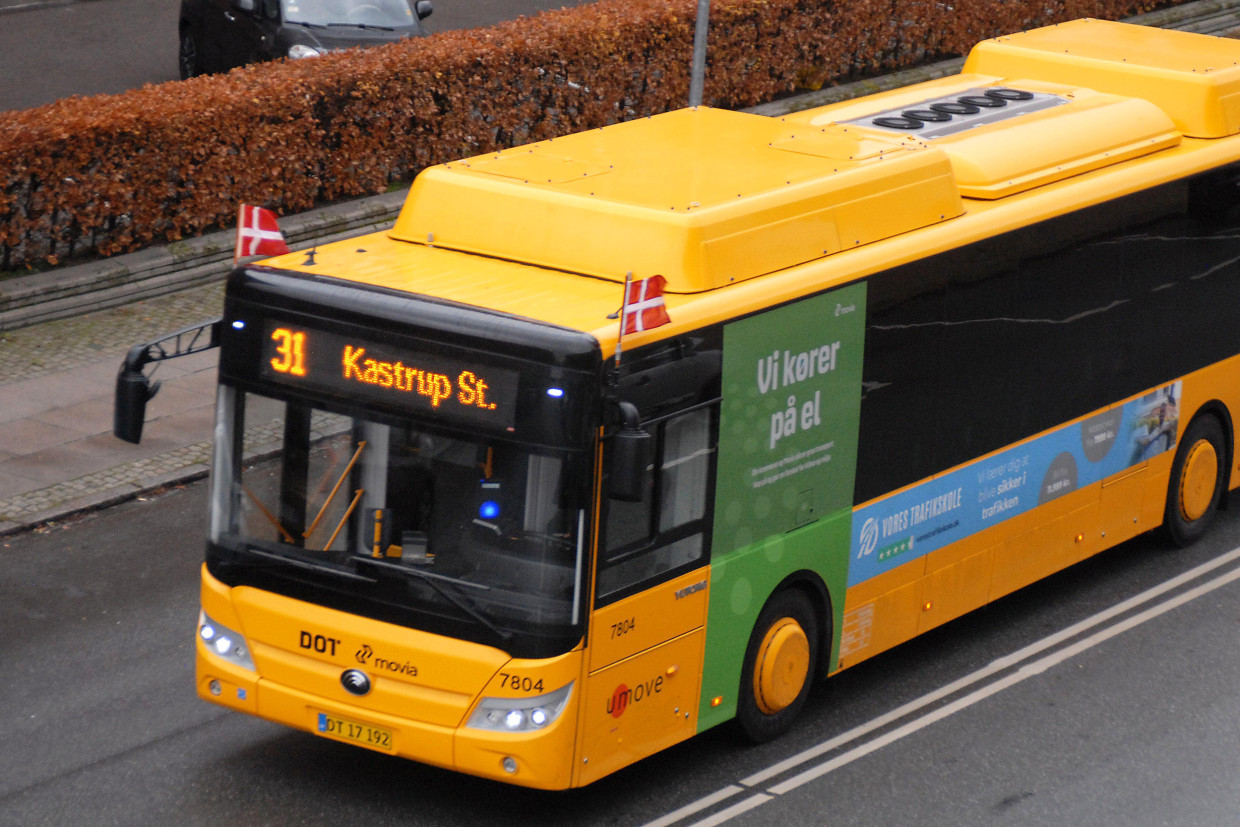Autism spectrum disorder is being identified with greater frequency, as a growing number of children are diagnosed annually; however, this trend indicates enhanced recognition rather than a reason for concern. To comprehend autism fully, one must acknowledge both the difficulties it presents and the distinct viewpoints autistic people contribute to our communities.
A closer look at autism prevalence
Recent data from the Centers for Disease Control and Prevention (CDC) indicates that 1 in 31 children in the United States are diagnosed with autism spectrum disorder (ASD) by age 8, an increase from 1 in 36 in 2023. This steady rise in diagnoses reflects not only improved awareness and diagnostic practices but also a broader societal acknowledgment of neurodiversity. As a researcher and an individual diagnosed with Asperger’s syndrome, I have witnessed firsthand how these statistics intersect with personal experiences and community perceptions.
Autism spectrum disorder affects individuals differently, typically influencing social communication, interaction, and behavior patterns. Decades ago, autism was considered rare, with estimates as low as 1 in 500 children. However, early studies in the late 1990s, such as those conducted in New Jersey, revealed higher prevalence rates, closer to 1 in 150 children. The establishment of the Autism and Developmental Disabilities Monitoring Network by the CDC in 2000 allowed for nationwide tracking, confirming that autism was far more common than previously believed.
Geographic and demographic factors influence prevalence rates. For instance, California reports approximately 1 in 19 children with autism, whereas Texas ranges from 1 in 51 to 1 in 103. In Arizona, the prevalence aligns closely with the national average at around 1 in 32. While boys are still more frequently diagnosed than girls, the gender gap has narrowed, reflecting improved recognition of how autism manifests differently across sexes.
From initial diagnosis to community integration
The rise in autism diagnoses should not be interpreted solely as a negative trend. Many children with autism participate fully in school, sports, and social activities, with research indicating that a majority aspire to attend college and lead productive lives. These outcomes highlight the importance of understanding autism not merely as a set of challenges but as a spectrum of diverse capabilities and potential.
The evolution of diagnostic standards has broadened the scope of autism’s definition, facilitating earlier and more precise recognition across a diverse spectrum of behaviors. Concurrently, growing societal understanding has fostered an atmosphere where individuals on the autism spectrum are more prominent and integrated, both in media depictions and in daily communal interactions. Autistic characters frequently take on leading roles in movies and TV shows, offering viewers authentic and inspiring representations that dismantle antiquated preconceptions.
The worth of neurodivergent viewpoints
Autistic individuals contribute unique insights and skills that enrich workplaces, communities, and creative endeavors. The ability to notice patterns, think innovatively, and approach problems from alternative angles has been a hallmark of many successful professionals with autism. For example, Temple Grandin’s autism informed her pioneering work in animal behavior, while Dan Aykroyd credits his Asperger’s syndrome with inspiring creative projects such as the film “Ghostbusters.” These examples underscore that neurodiversity can drive both cultural and scientific contributions.
Acknowledging these advantages additionally guides policy formulation and urban development. Initiatives crafted to cater to varied requirements—like adaptable employment schedules, specialized academic assistance, and focused career development—empower autistic people to flourish in occupational and social contexts. Municipalities that secure autism accreditation demonstrate how local government efforts can foster sensory-aware, welcoming surroundings, guaranteeing wider availability of medical services, schooling, and leisure pursuits. Mesa, Arizona, for example, obtained this recognition in 2019, acting as an exemplar for other cities striving to assist their autistic inhabitants.
Building inclusive communities
The increase in autism recognition provides an opportunity to reshape societal attitudes and infrastructure. Education systems must adapt to serve growing numbers of students with developmental differences, incorporating specialized training for teachers and tailored classroom accommodations. Healthcare providers, too, can implement practices that respond to the needs of autistic patients, emphasizing communication, understanding, and individualized care.
Workplace integration represents another vital domain. Initiatives focused on recruiting, educating, and keeping employees with disabilities, coupled with adjustments like telecommuting, foster financial independence and societal engagement. By attending to the complete range of requirements—spanning from schooling to careers to autonomous existence—society can foster settings where individuals on the autism spectrum thrive alongside their neurotypical counterparts.
Changing views on autism
Ultimately, the growing incidence of autism signifies more than just a statistical pattern; it mirrors heightened recognition, comprehension, and embrace. Autistic people, with their unique cognitive styles, provide significant contributions that enrich societies and question traditional methods of addressing issues. Perceiving autism from this perspective fosters a more welcoming and vibrant community, where variations are honored instead of being disparaged.
As individuals with autism mature into adulthood, it becomes crucial for decision-makers, educators, employers, and community figures to consistently develop frameworks that foster enduring involvement and achievement. The increasing awareness and recognition of autism encourage society to leverage the unique abilities of neurodiverse populations, guaranteeing that all people have the chance to contribute significantly to every facet of existence. Through cultivating acceptance and adapting to variations, we can establish dynamic, welcoming communities where the capabilities of each person are acknowledged and appreciated.
The developing comprehension of autism—its difficulties, strengths, and social ramifications—illustrates that neurodiversity is not a cause for apprehension but a potent driver for creativity, compassion, and communal advancement. Acknowledging the input of autistic people is crucial for constructing a world where every viewpoint can thrive.




